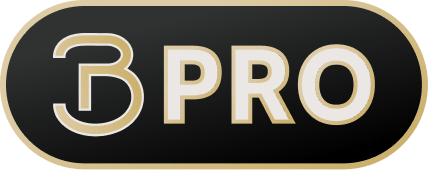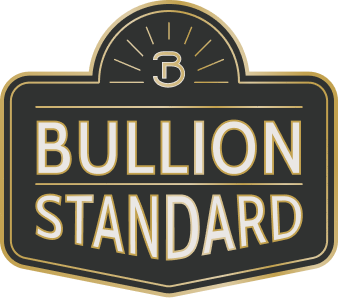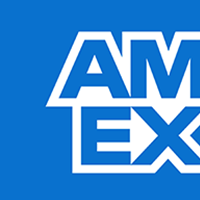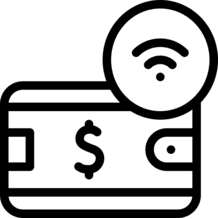How to Detect Counterfeit Precious Metals
By Bullion Standard ·
6 min read
Maybe you come across the perfect gold coin online and think you've found a great deal. Or perhaps you purchase coins at a flea market, trusting the seller's word on authenticity.
In both cases, you could end up falling victim to a counterfeit coin scam—which can lead to severe financial losses, frustration, and a loss of trust in the market.
And precious metals scams aren't as rare as you'd think, especially online. In fact, a 2023 investigation found over 300 websites that were selling counterfeit coins to unsuspecting investors.
This underscores why testing precious metals and dealers for authenticity is essential.
At Bullion Standard, our goal is to equip every investor—from beginners to veterans—with the knowledge to make smart financial choices. In this blog post, we’ll show you how to test precious metals, so you stay scam-free and on track with your financial objectives.
Common Types of Counterfeit Coins
Knowing how to test precious metals starts with knowing what to look for, and counterfeit coins come in various forms.
Cheap Base Metal Content
Some are made from cheap base metals coated with a thin layer of gold or silver to look authentic. These can be surprisingly convincing, especially to the untrained eye.
Misleading Alloys
There are also gold and silver alloys—which are the base metals combined with other metals like copper, zinc, etc. For instance, sterling silver is mostly copper mixed with silver.
Sometimes dishonest dealers will misrepresent the purity of their precious metals. They may claim it's 100% pure when, in fact, it's mixed with other metals.
Check for inconsistencies in color and weight, as a gold alloy will often appear slightly off compared to pure gold.
Fake Markings or Designs
Others might use real metals but have fake markings or altered designs to mimic rare coins. For instance, a common coin might be altered to resemble a rare minting error or a historic coin. Counterfeiters may also add false dates or mint marks to increase the perceived value.
Buying Precious Metals Online
Purchasing precious metals online can be risky, as counterfeit coins are often sold through digital platforms.
Signs to Watch For
Fraudulent sellers may use fake profiles and offer coins at prices that seem too good to be true. They also may use listings with low-resolution images or ones that lack detailed descriptions of the coin's condition. Moreover, if a seller is pushing for a quick sale or offering deep discounts, proceed with caution.

How to Protect Yourself From Online Scams
To prevent falling victim to these schemes, always buy from reputable dealers with positive reviews and established histories.
Look for dealers who have return policies and guarantees of authenticity. Additionally, use secure payment methods that offer buyer protection to safeguard your purchase.
Physical Precious Metals Testing Techniques
When buying coins in person, there are some basic ways to tell if they are genuine. Let's go over some more simple techniques for how to test precious metals:
Check the Weight
Genuine coins have precise weights that are consistent with their specifications. Using a portable scale, you can measure the coin's weight down to the gram. If it’s noticeably too light or too heavy, that's a big red flag.
Always cross-reference with the known weight standards for that specific coin. You can find the weight standards for your specific coin from sources like the official U.S. Mint website.
Measure the Dimensions
Use calipers to measure the coin’s diameter and thickness. Then, you can compare these measurements to the known standards of genuine coins. Make sure your measurement is accurate; even a slight deviation can indicate a counterfeit coin.
Inspect the Details
Look closely at the coin’s details. Counterfeit coins often have blurred or uneven design elements that give them away.
Using a magnifying glass, focus on the lettering, images, and edges, where inconsistencies are most noticeable. Compare the coin to images of authentic examples.
Magnet Test
A quick and easy way to check a coin's authenticity is the magnet test. Since most precious metals are non-magnetic, a real gold or silver coin won't be attracted to a magnet. This can be particularly helpful for gold alloys, as the magnet will attract the other metals in the coin.
If the coin sticks to the magnet, it’s likely counterfeit. However, keep in mind that passing this test doesn’t guarantee the coin is authentic.
Sound Test
Pure silver, gold, and other precious metals produce a distinctive, high-pitched ringing sound when struck. You can test for this sound by balancing the coin on your finger and tapping it with another coin.
This method, known as the "ping test," is easy to do and can quickly alert you to potential fakes. Although useful, it's not foolproof, especially if you don't know what exact sound you should listen for.
Advanced Precious Metal Testing
Advanced testing methods, like chemical testing or electronic testers, are great for high-value investments. Moreover, if you’re unsure about where a coin or bar came from, these tests can verify its authenticity.
Chemical Tests
Acid test kits can help you determine if a coin is made of genuine precious metals.
Simply apply a small drop of acid to the coin. Pure gold and silver will remain unaffected, while counterfeit coins will react and change color.
For the best results, make sure to follow the kit instructions carefully and perform the test in a safe, well-ventilated area. Remember to handle acids with care and wear protective gloves.
Electronic Testers
Electronic testers can determine the metal content of a coin. They are easy to use and provide quick results. Just place the coin in the tester, and it will verify if the metal composition matches the expected standard.
While these devices are convenient and fast, they can be expensive. That being said, they make more sense for regular investors who will use them frequently.
Professional Precious Metals Grading Services
If you're struggling with how to test precious metals, a professional grading service can eliminate the guesswork.
These services offer an impartial and expert assessment, as well as a certificate of authenticity.
When choosing a grading service, look for ones with a long-standing reputation and accreditation in the numismatic community. You should also verify that they use advanced technology and consistent grading standards.

Invest in Coins with Confidence
Spotting counterfeit coins is an invaluable skill that can save you from harrowing financial losses. By understanding the tips and methods outlined in this blog post, you’ll know how to test precious metals accurately and efficiently.
At Bullion Standard, we pride ourselves on offering fair pricing and superior customer service to every investor. Our team is dedicated to providing you with comprehensive financial education, ensuring you have all the tools needed to make investments that count.
Visit our website today to discover how we can help you achieve your financial goals.






















